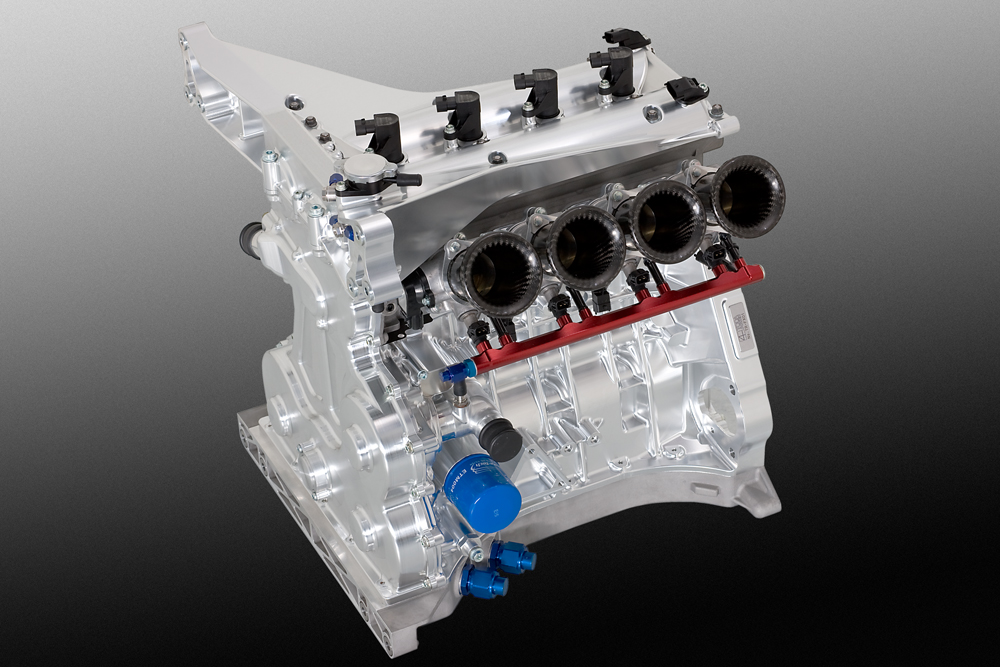
- Login or Register
No account yet? Sign up

So that's where your missing "e" has gone - you scavenged "expensive" to add an extra electron to "hydrogen" and "oxygen".xpensive wrote: Hydrogene gas ... oxygene ....
remember you don't want your flywheel in a vertical plane. It would have to be supported by bearings, meaning it will leak it's energy into friction. It needs to be magnetically levitated.autogyro wrote:Using a flywheel for storage would be simple using my ESERU
(electric shift energy recovery unit)/gearbox.
You would simply place the flywheel between the engine and the gearbox/ESERU in place of the clutch which would no longer be needed, in the bell housing, exactly the right place for a flywheel.
It would be spun up or applied to the gearbox/ESERU mechanicaly, without the need for a conventional mechanical clutch and disengaged when not needed. It would not be connected to the engine.
I would still expect to use MGUs on the front axle which would electricaly spin up the flywheel through the ESERU electro mechanical gearsets, (as well as the mechanical spin up from the rear axle via the ESERU geartrain). The front MGUs would be driven from the flywheel using the ESERU to supply current from the flywheel through its (electro mechanical) gearsets (as well giving direct mechanical drive to the rear axle).
How many batteries if any would depend on the regulations.
Great post.747heavy wrote:
If we take our 3.6MJ energy budget and spend it on a 75s lap, which means 63s where we not brake, and let´s say we have only 40s where we are not traction limited, we can average the energy over 40s into 90kW more power, then a non KERS car.
Assuming a 640kg KERS car and a 450kW I4turbo engine that´s 450kW+90kW/640kg=~0,85kW/kg
a non KERS car, if we did not have the min. weight limit would have 450kW/640kg-185kg = ~0,99kW/kg
both would have the same fuel (weight goes on top) and the same tires. Chances are that the ligther car would be able to use the softer tire for longer etc.

Why there where and will be certainly improvements in this area, we may should not hope for half the size and double the power in 2 years time.
This
So how do we make a better battery if we cannot depend on packing them tighter? We change the positive and negative electrodes to something that has more energy. This is already happening; many devices are now sold with a different positive electrode, with theoretical energy of ~450 Wh/kg for these cells. And there are some amazing things going on at Berkeley via the Batteries for Advanced Transportation Technologies (BATT) program that will surely make things better in the very near future.
or this?
A lot of pundits — Thomas Friedman being the latest — and Silicon Valley investors talk about the hope for a Moore’s Law for batteries. In the same way that the number of transistors on a chip has doubled roughly every two years, leading to the personal computing and Internet revolutions, the dream is that batteries will drop in size and price and rise in performance in the same fashion. But at The Battery Show in San Jose, Calif. on Tuesday, Paul Beach, president of battery company Quallion, brought that idea back to reality and explained the actual difference in progress between batteries and IT: “Moore’s Law has delivered a 10,000 times improvement over the years for chips, while historically batteries have shown a 3 to 4 times improvement.”
Beach, who has decades of experience in the battery biz, put it simply: If you want to find a Moore’s Law-type improvement for batteries, “you’ve got to go to an asteroid and come back with some new materials.” Battery improvements these days are about optimization and incremental improvements, and we need to stop drinking the Kool-Aid and be realistic about pricing, said Beach.



xpensive wrote:Good lord, look as those torque arms, bet they are set for holding looong pin-bolts with spherical-seat nuts in order to be compliant with that unspeakable phenomenon, which mechanical enginneers rather not face in a dark alley.
The layout looks engineerishly logic however, the shape of things to come WB?
